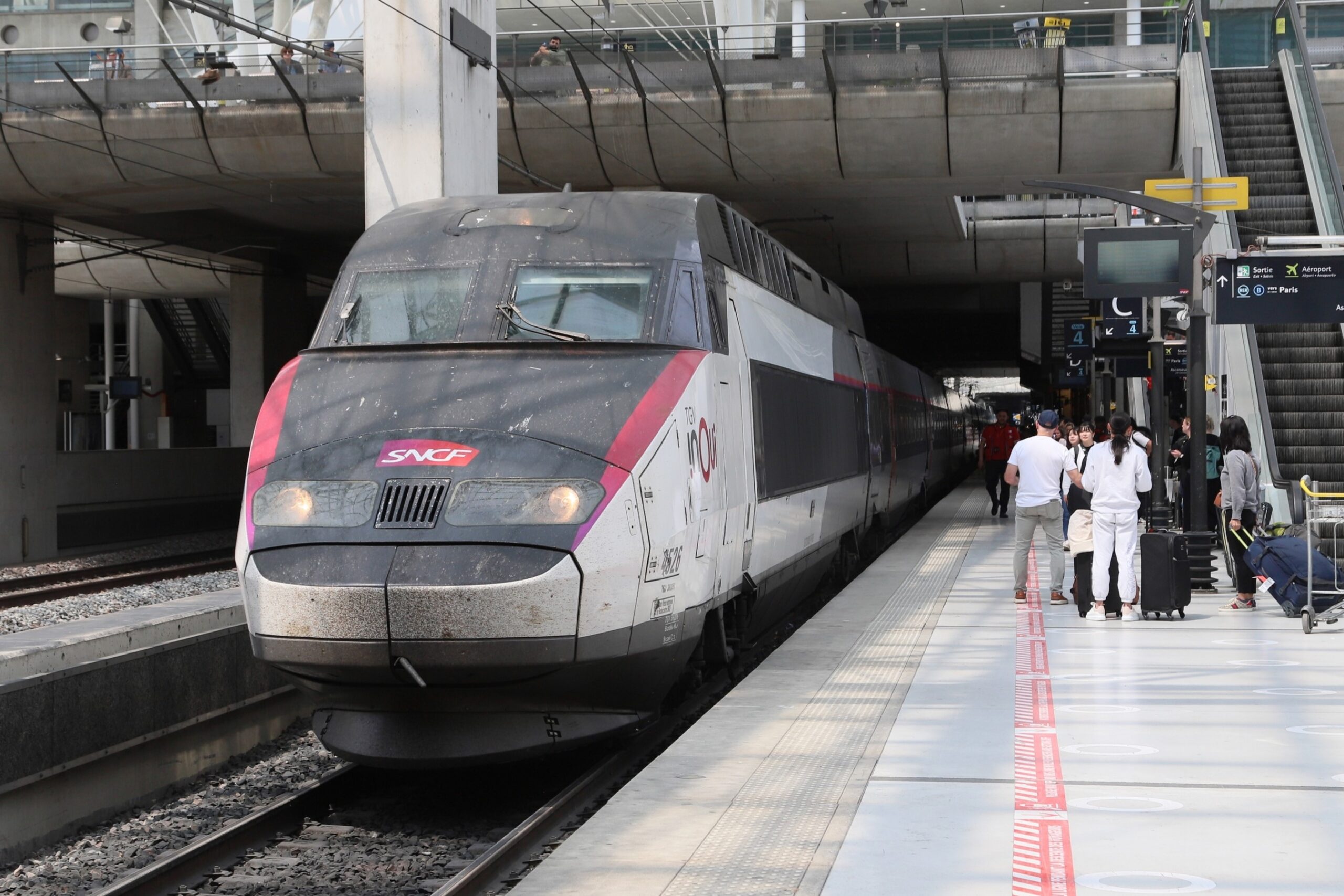With a project called “Botox”, the SNCF may well have found the miracle cure to increase the lifespan of dozens of TGVs.
You may be smiling about it, and yet the SNCF project, initiated months ago, is very real. The railway company, which is offering itself some great news with a future TGV M which runs two years before its commercialization at very high speed, has in a press release revealed the outlines of its “Botox” program (you have been warned). The challenge ? Extend the lifespan of TGVs and meet growing passenger demand.
104 lucky oars will gain life expectancy
The SNCF finds itself faced with an unprecedented increase in demand for train travel, with record attendance this summer. But the operator’s TGV fleet has been reduced in recent years, so to double the share of trains in French travel by 2030, the SNCF has a plan.
It wishes to extend the life of 104 TGV trains from 2 to 10 years, trains which have an average age of 30 years, useful precision. This is a world first in the high-speed rail sector.
The SNCF is anticipating the future in two ways: by extending the lifespan of its trains in circulation, but also by focusing on the TGV M, its new flagship. While traditional trains have a lifespan of between 20 and 40 years, the TGV could last around 45 years.
A paradigm shift in maintenance
The SNCF’s mission will be perilous and it will have to deliver significant engineering work to carry out the Botox project. Several hundred million euros will be invested in this operation, entirely financed by the subsidiary SNCF Voyageurs.
This initiative marks a significant change in railway maintenance. The SNCF undergoes what it calls “ unplanned obsolescence », and the most recent renovated TGVs will see their life extended by 10 years. The renovated trainsets will have little in common with their current version. They should offer more comfort to the company’s customers, with an interior design similar to Océane-type trains, and more seats.
SNCF estimates the number of working hours required at 2 billion. Ultimately, the company is expected to offer 10 to 15 percent more seats, which would solve the problem of rising ticket prices.
Finally, we note, and this is in line with the TGV M, that the Botox project must help the SNCF achieve its objective of reducing the carbon footprint. By extending the life of its TGVs, it hopes to achieve zero net CO emissions.2 by 2050.

11